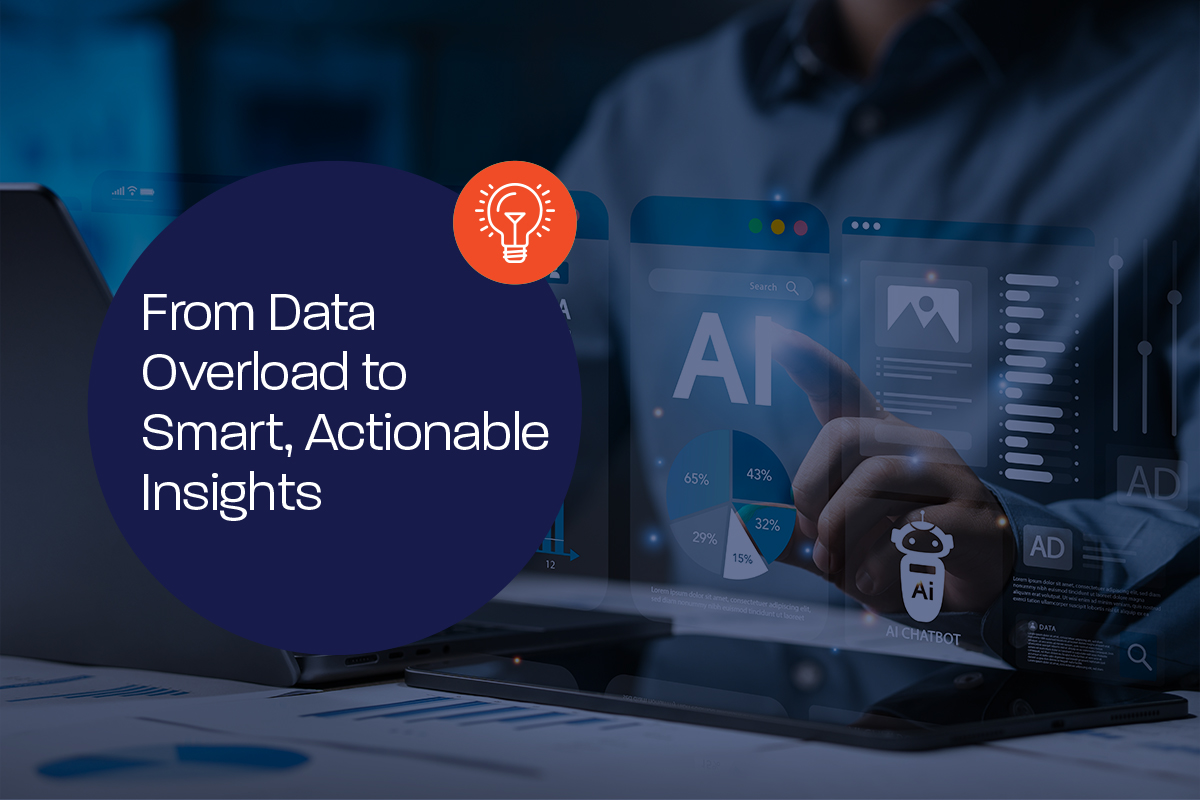There are a number of competing implementation possibilities for the Internet of Things (IoT). This blog will examine the differences between the two most popular network types, Cellular and Low Power Wide Area Network (LPWAN).
Technically, local area wireless networking technologies like Wi-Fi, Radio Frequency Identification (RFID) and Low Energy Bluetooth (BLE) are also available, but they are impractical for IoT because they cannot cover the necessary range. Also, they usually pair with only one gateway, but sensors need to be able to send data over multiple gateways.
Criteria for Comparison
Payload
One factor that differentiates between network types is the amount of data they transmit, or their payload. In some use cases, devices only need to send ‘yes’ if a condition is met and ‘no’ if it is not. For example, if a refrigerator is cold enough, the sensor will send ‘yes’ periodically throughout the day. If it gets too warm, the sensor will begin transmitting ‘no’.
Some networks need to transmit massive audio or video files, like streaming music videos. That requires a much larger payload.
Range
Another major factor in an IoT network is the range—how far the information has to travel before it is picked up by the network server. Terrain is also a consideration. Does the signal have to penetrate the ground or the thick walls of a warehouse?
Power
If your devices are close to a power source, you can plug right into it. If not, you will be reliant on batteries to keep things running, and that can constrain what you can do. This is especially true if the device lives in a hard-to-reach place. You will not want to replace those batteries frequently.
Cellular
Cellular networks were developed to support large volumes of data from mobile phones and tablets. These networks are extensive and have become fairly robust over time, but there are some areas in which cellular doesn’t shine:
- All that bandwidth isn’t cheap
- All that bandwidth drains batteries quickly over time
- Cellular doesn’t penetrate below ground or inside dense structures
- Cellular protocols are constantly evolving, and older ones such as 2G have become obsolete. Devices designed to work on older protocols will not work on new ones and must be replaced, adding to your costs
- Cellular networks require licensed spectrum, which is purchased at FCC auctions. Licensed spectrum is very expensive, and the costs will be passed on to the users
LPWAN
LPWAN is designed to be used when devices don’t need to send much data. That makes it significantly cheaper and easier on battery life. In fact, batteries can last many years depending upon the application and environment.
The operating range for a single transmission can be up to 30 miles, depending on the application.
How is that possible? LPWAN networks are designed to support devices that don’t do any complex computing. All the heavy lifting happens in the cloud rather than the device, so the devices are cheaper and not subject to obsolescence if network protocols change.
Just because LPWAN is new doesn’t mean it’s not ready for use — LPWAN networks are extensive today. They continue to grow rapidly in Europe, North America, the Asian-Pacific region, and are entering emerging markets in Africa and South America.
Best of all, LPWANs use unlicensed spectrum, saving operators and end users potentially billions of dollars.
Summary
So, which network should you choose? It really depends on what you need to do.
If you need greater bandwidth to handle video and audio, you won’t get what you need from LPWAN. You will also spend more money and you’ll be replace batteries frequently, though.
If, however, you are interested in sending and receiving simple signals from simple devices, you will get a lot for your money with LPWAN.








